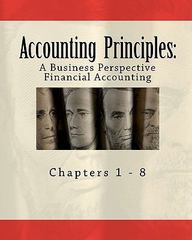
Questions: Part B Tom knows that he can efficiently identify the students (by requiring a valid student ID ), and he is interested in seeing if it would be worthwhile for NYHC to offer a separate menu of prices for personal training for students 1. To better understand the student preferences regarding personal training: a. Compute the average willingness -to-pay for student members for each time slot. b . Plot willingness-to-pay histograms for each of these time slots. Do you think it would be sufficiently accurate for purposes of student demand estimation and revenue optimization to restrict attention to a model that summarized the student preferences by their average willingness-to-pay for each time slot ? Specifically , assume that you are given a vector of prices and are asked to compute the student demand for personal training sessions at different periods. Do you think it is reasonable to assume that all students have the same willingness-to-pay (i.e., the average computed above in la) or is the variability in their willingness -to-pay an important element in this calculation ? Why or why not ? The following questions focus on modeling the choice behavior of the NYHC members with respect to personal training sessions using a multinomial logit model (MNL). See Appendix for some background on the multinomial logit model. Willingness-to-pay data can be found in NYHCSurvey.xlsx. 2. Fit a MNL model to the student and non-student segments of NYHC members based on the reported WTP survey data. The non-student segment is all residual members with fixed and flexible schedules. Clearly identify the model parameters. 3. Suppose NYHC decided to offer two flat rates, one for student members, and the other for all other members of the gym. The flat rates would apply to all time slots. For example, the student flat rate would price equally personal training sessions for students across all 6 time slots. Combine the MNL demand models for the student and the non-student segments to get an aggregate demand model. You may assume that the fraction of student members is similar to that of the survey, that is, 29.2% of the members are students . Use this aggregate demand model to determine the prices that would maximize the gym's daily revenue from personal training sessions. The student price should be less than or equal to the general member price 4. While there is unlimited supply of personal trainers that could be hired, if needed to fulfill demand, Tom realizes that the gym starts to feel congested if there are more than 20 private sessions on the floor at each hour. Consider the problem in question 3 and assume that when a member decides to purchase a private training session on a particular time slot , this really implies that she or he will purchase 1 session per week








